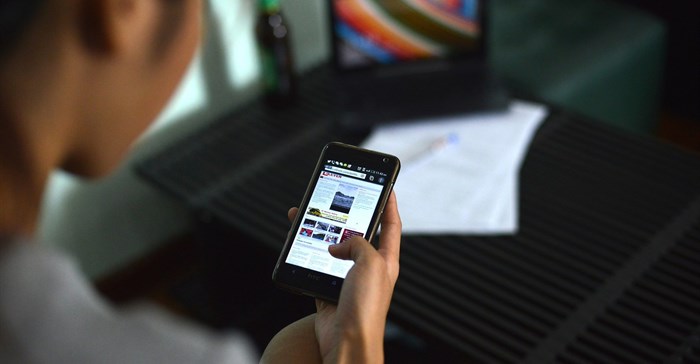Mobile 'have nots' catching up

As recently as 1994, there were just four million phones in the entire region. The lack of development of the region's fixed line infrastructure meant cellular was just waiting to fill the gap. And GSM digital cellular for that matter - some of us would remember the analogue C-450 car phone system that existed in South Africa in the 1980s and which never had more than 3000 users nationwide.
As with telecommunications, there has similarly been a lack of attention paid to traditional media in the region. Think of television only making its appearance in 1976. This means that digital improvements are so much more dramatic compared to more developed countries where traditional media are better established. The presence of the web now acts as a backdrop of sorts where people can obtain information that is firstly not usually available within traditional, mostly government-run, media. Secondly, digital media platforms provide information that helps people better interpret what they see in traditional media.
Unfortunately, the world is unequal and this means that the changes briefly mentioned above have created two kinds of media consumers, although lines are blurring. Mostly rural 'have-not' consumers are at a disadvantage to their mostly urban 'have' consumer cousins. They do have the same mobile-driven digital media access and have to rely on fewer radio stations, perhaps one mediocre television service and printed media that arrives late or not at all.
Even in a more developed sub-Saharan country like South Africa, only 24% of Internet users live in rural areas. They also enjoy - perhaps 'cope with' - painfully slow web connections.
However, it's certainly not all bad news in the bundu as smartphones are getting cheaper and rural investments by the cellular network operators continue to increase. So the fact that only dial-up copper lines exist in a certain far-flung corner will become increasingly insignificant, as long as the consumer can access media on a smart device costing as little as R300 and powered by one of the slower - but still mobile - technologies such as EDGE.
The last five years have seen the number of Africans who either own or have access to mobile phones, smartphones and tablets growing considerably. These both act as media carriers (a mobile with a radio or TV receiver) or a media in their own right (a mobile accessing the Internet and social media). So, the opportunities for marketers are there - sub-Saharan consumers in both urban and rural areas are largely reachable by mobile, as long as campaigns are intelligently designed with the consumer's access device in mind.
About Mike Laws
- Advice for a 24-hour pocket mobile plan - 5 Dec 2018
- Don't neglect the B side while the A side is playing - 24 Jan 2018
- The lofty view keeps us grounded in mobile fundamentals - 25 Aug 2016
- #MobileFocus: Where marketers 'fail' at mobile marketing - 11 Jul 2016
- Mobile 'have nots' catching up - 2 Nov 2015
View my profile and articles...